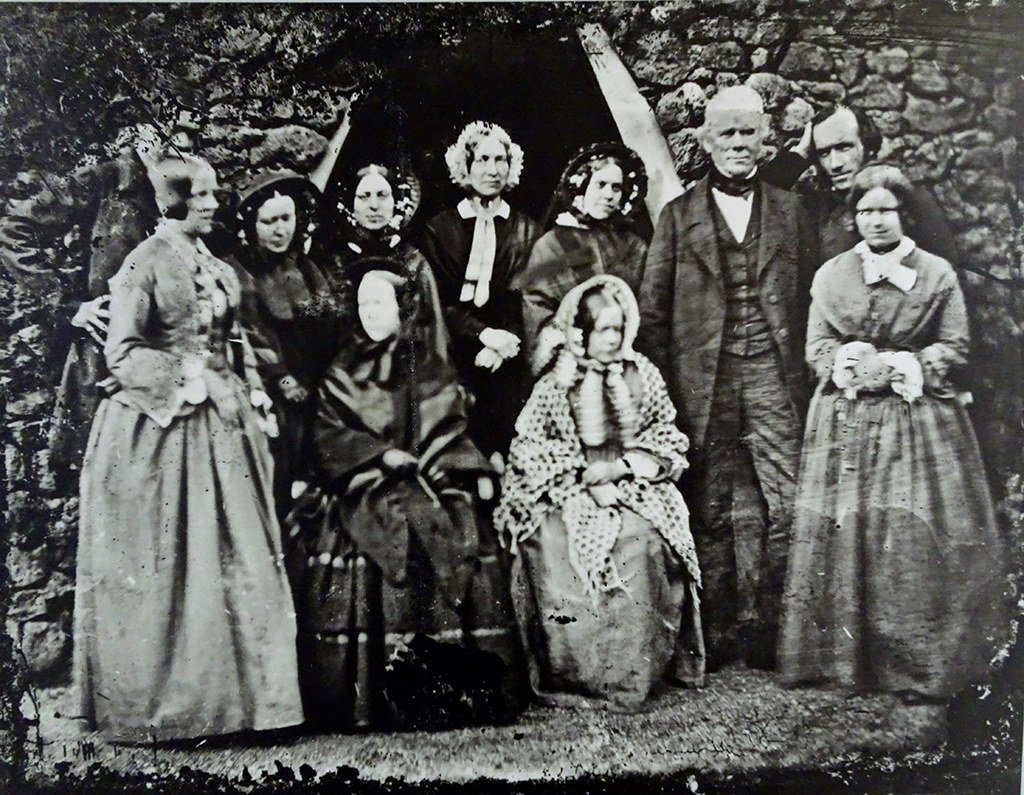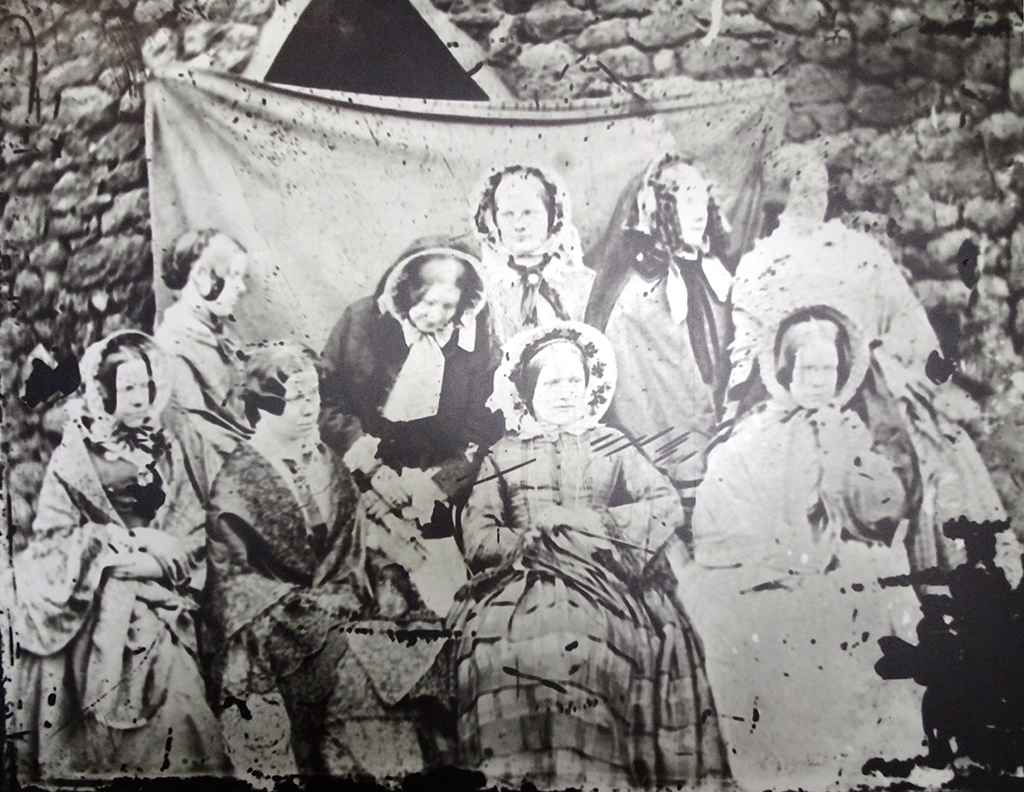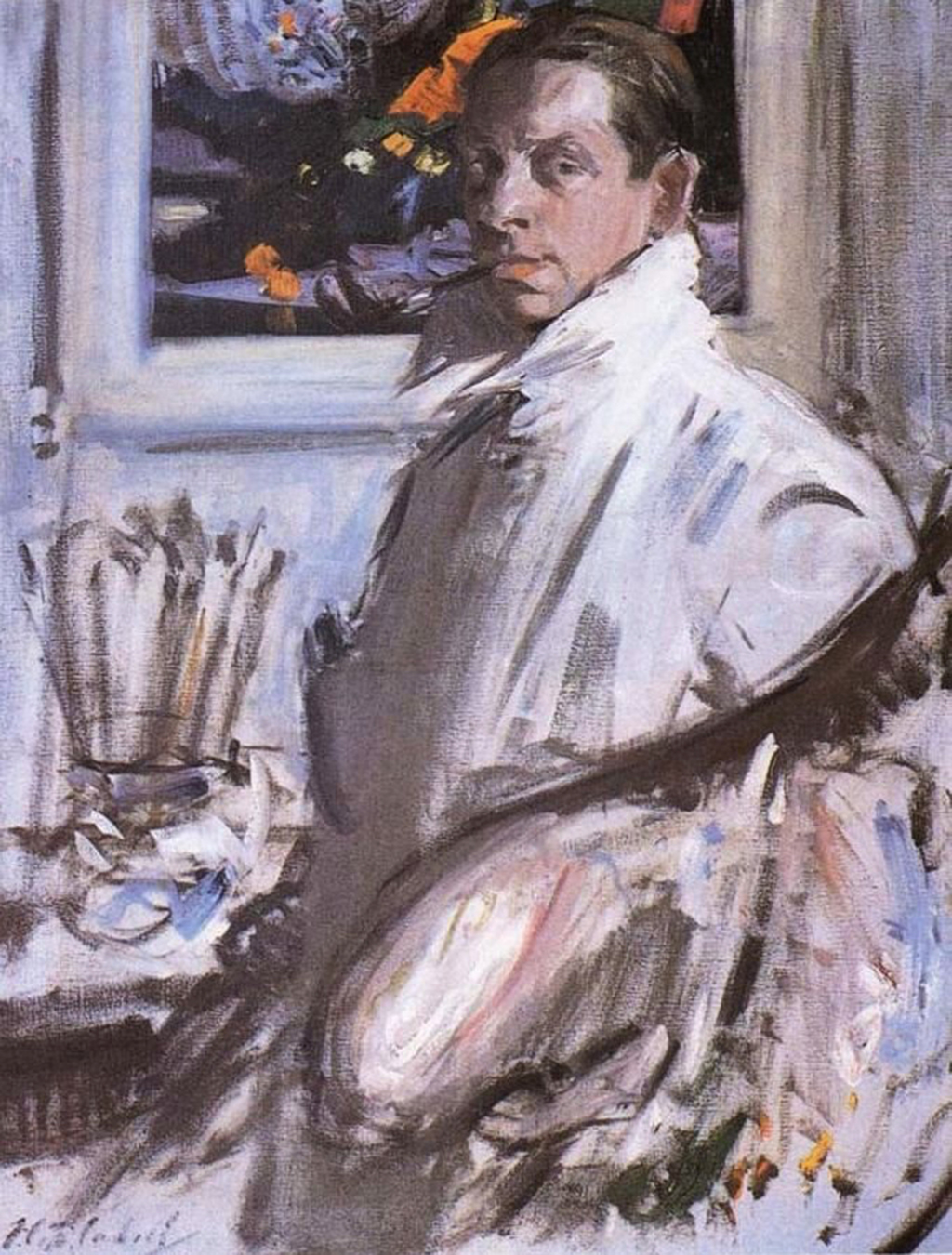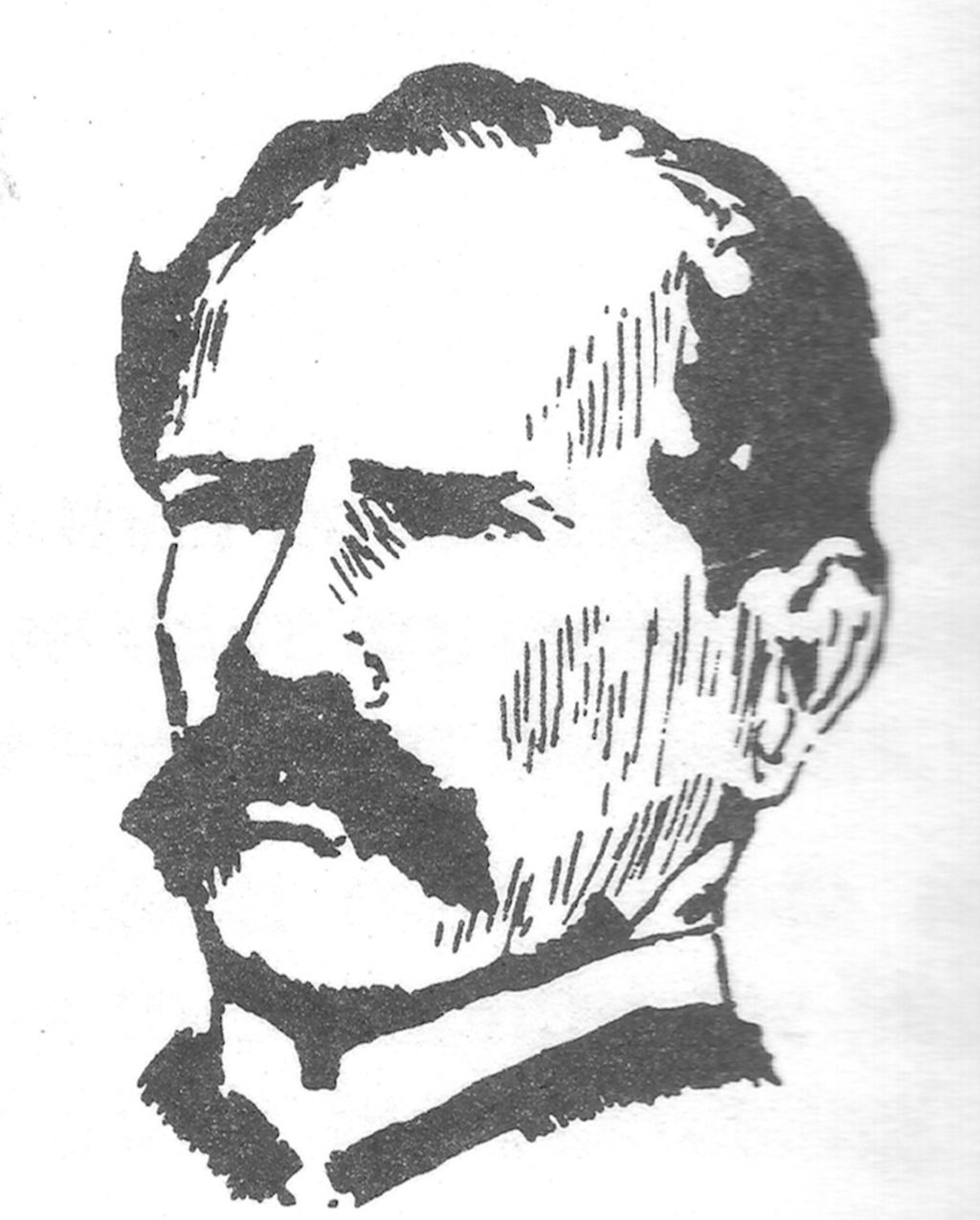
What’s in a name – the history of the Cadell family
What links the first navigation of the River Murray, 19th century photo negatives hidden under the floorboards of a grand mansion, and the TV programme, Hi-De-Hi?
No idea? The answer lies with the Cadell family, the family who occupied Cockenzie House in East Lothian for over 200 years. They bought the house in the late 18th century after the bankruptcy of the York Building Company who had previously owned it, and occupied it until 1919.
The Cadell family (correctly pronounced ‘Caddle’ to rhyme with ‘Paddle’, produced some amazing and fascinating characters during their long occupation of Cockenzie House and beyond).
Robert Cadell (1788 – 1849) was the publisher of Sir Walter Scott’s Waverley novels. Rather than publishing each book in several expensive volumes as was the custom then, he came up with the idea of publishing the novels as a series, a partworks, each episode ending on a cliffhanger, to encourage people to buy the next instalment. It was also much cheaper to purchase them this way.
As an added inducement, he had the parts illustrated by none other than the artist JWM Turner, who along with Scott, visited Cockenzie frequently and partook of Mrs Cadell’s excellent cooking. A sketch of the view across the Firth of Forth from Rigginhead near Tranent which Turner did on one of his visits, is now in the Tate Gallery, London. Robert cleared Sir Walter Scott’s debts for him in exchange for a share of the copyright of Scott’s works. A very wise move, given the later success of his works. Both he and Scott profited from the arrangement.

A Cadell family group, with the white-haired man believed to be Hew Cadell and smoothing down his hair is his son Robert Cadell who took the photo – sorting his hair after sprinting to join the group!
General Sir Robert Cadell (1825 – 1897) fought in the Crimean War and the Indian mutiny, but in his spare time, was a keen proponent of the new science of photography and, around 1850, took many photos of his family and the Cockenzie environs. For some reason the 124 photographic plates that he took were hidden under floorboards at Cockenzie House and not discovered until over a hundred years later in the 1970’s when renovations were taking place.
The then owners, not knowing what to do with them, stored them away again until in 2013 when they were passed on to the Cockenzie House historian, Sheila Ritchie. They were not in good condition, dusty and stuck together, but with care, she managed to separate and process them to reveal a precious pictorial record of life in Cockenzie in the 1850s. Some of them are now on display in the corridors of the house.
Among several plates depicting the general’s family, all posing stoically and trying not to move, are a couple taken of the harbour with ships berthed there. In the background is a wagon of the type used in the Cockenzie to Tranent Waggonway which transported coal down to the salt pans on the coast while another carries Sir Robert Cadell’s inadvertent thumb print.

The sisters and wives of the Cadell men, pictured at Cockenzie House
Others show the grounds and the folly, named after the Icelandic volcano, Hecla, and made of Icelandic lava which was used as ballast in the ships returning home. Inside is purported to be a bronze statue of a Nandi bull brought back from India by Thomas Cadell VC of the European Bengal Fusiliers. A more sombre photograph apparently shows a dead infant being held on presumably its mother’s knee.
Large families were common in Victorian times and in the photos, the women of the Cadell family are depicted in all their finery. But few of them apparently married and very little is recorded of their lives which were spent in Cockenzie.
However, one of Robert Cadell’s sisters, Janet, wrote a brief story entitled Fisher Folk about a fishing community on the east coast of Scotland. It was published after her death in 1884 and a copy is somewhere in Cockenzie House but yet to be found! Fortunately, the National Library of Scotland holds a copy.

A self-portrait by artist Francis Cadell
The general’s brother, Francis Cadell (1822-1879), was a ship’s captain and adventurer and the black sheep of the family, who arrived in Australia, aged 27, to attempt to win a monetary prize for navigating the Murray River and opening it up to trade. In 1852, he took a canvas boat, the Forerunner, overland to Swan Hill on the border of Victoria and New South Wales where he was to start his journey.
To waterproof the boat, he used the grease from cooking mutton chops and smeared it over the canvas. He then successfully navigated 850 miles of the river to Goolwa on the river estuary in South Australia and was initially awarded £1000 by the South Australian government. For bringing in more vessels to sail along the Murray he gained a further £4000 and formed the River Murray Steam Navigation Company plying for trade along the river and transporting wool from the sheep farmers down to the ports for export abroad.
Unfortunately, Francis came to a violent end when he refused to pay his sailors their due wages and was shot by one of them, apparently the cook’s mate, when sailing off the north-west coast of Australia. A full size replica of his first tiny craft, the Forerunner lies in the gardens of Cockenzie House.

Francis Cadell, adventurer and black sheep of the family
Their father, Hew Cadell (1790 – 1873) worked closer to home, engaging in 1829, Robert Stevenson, grandfather of the writer, RL Stevenson of Treasure Island fame, to expand Cockenzie harbour. It took 6 years and cost £6000, a vast sum in those days. A new pier at the eastern end and turntables and tipping mechanisms for the Cockenzie to Tranent waggonway were built, allowing larger ships to berth there and the wagons to load coal directly into their holds. With further improvements to the salt pans overseen by Hew Cadell, exports increased and the family’s wealth accumulated.
In the 20th century, the fame of the Cadell family increased with another Francis Cadell (1883 – 1937) being one of the renowned Scottish colourists whose works can sell for over £500,000. He painted Edinburgh interiors and portraits of society ladies as well as landscapes of Iona and although he did not earn much from his work while alive, his abilities as an artist are now recognised.
His sister, Jean Cadell, was a successful stage and screen actress, appearing in, among other films, Whisky Galore and Pygmalion. The tradition was carried on by her grandson, Simon Cadell, who played the gormless Jeffrey Fairbrother in the long running comedy series, Hi-De-Hi. His younger sister, Selina Cadell, has had a long career as a TV and stage actor and director.
Such an interesting, high-achieving family who graced their home, Cockenzie House for so long. No doubt the story will not end there as research is continuing into the lives of this fascinating dynasty.
TAGS

